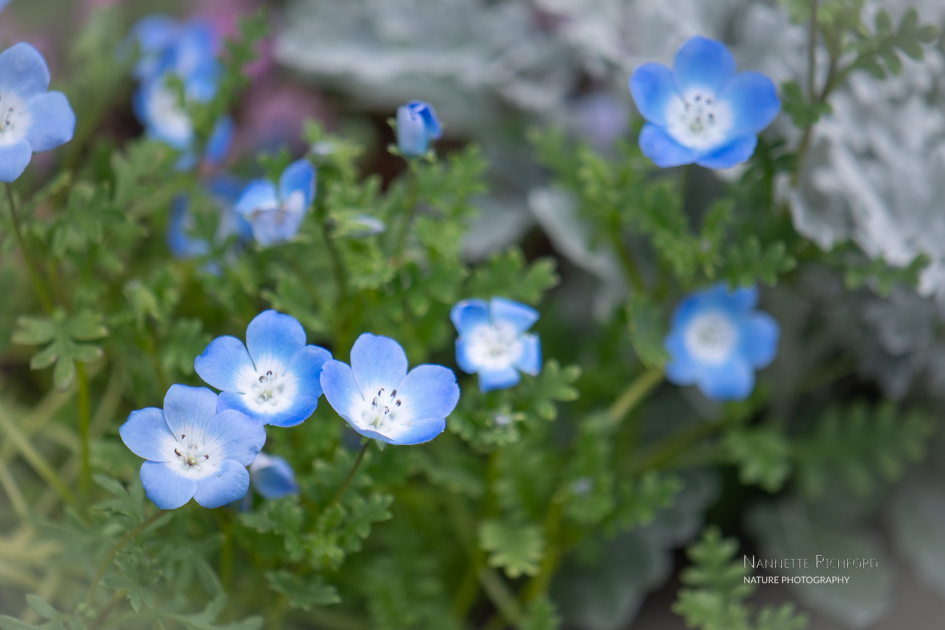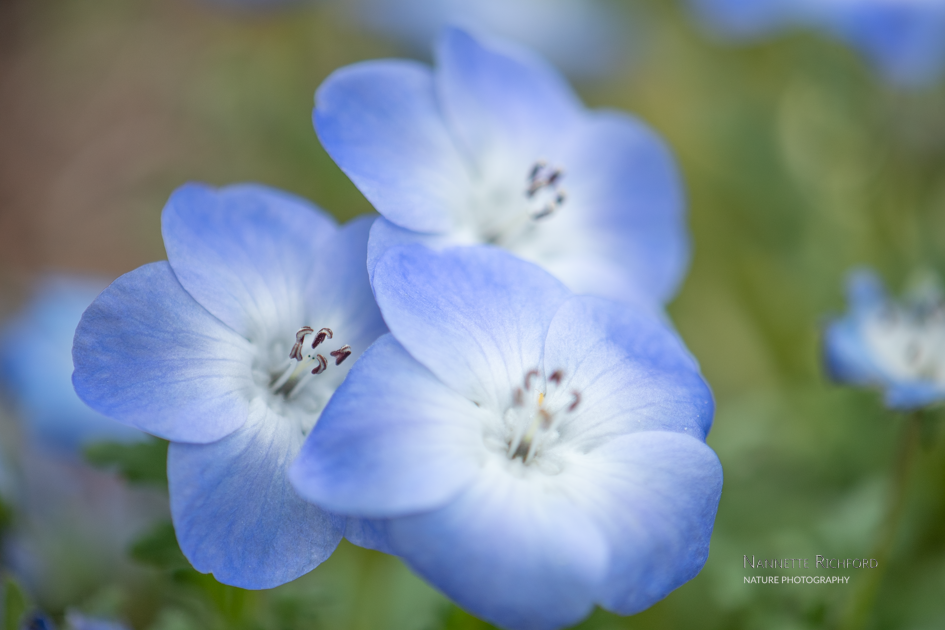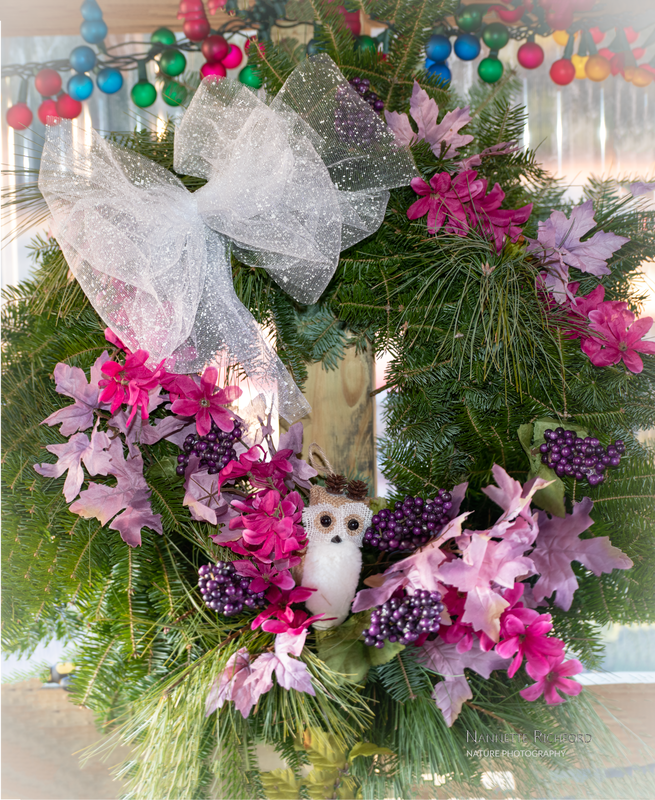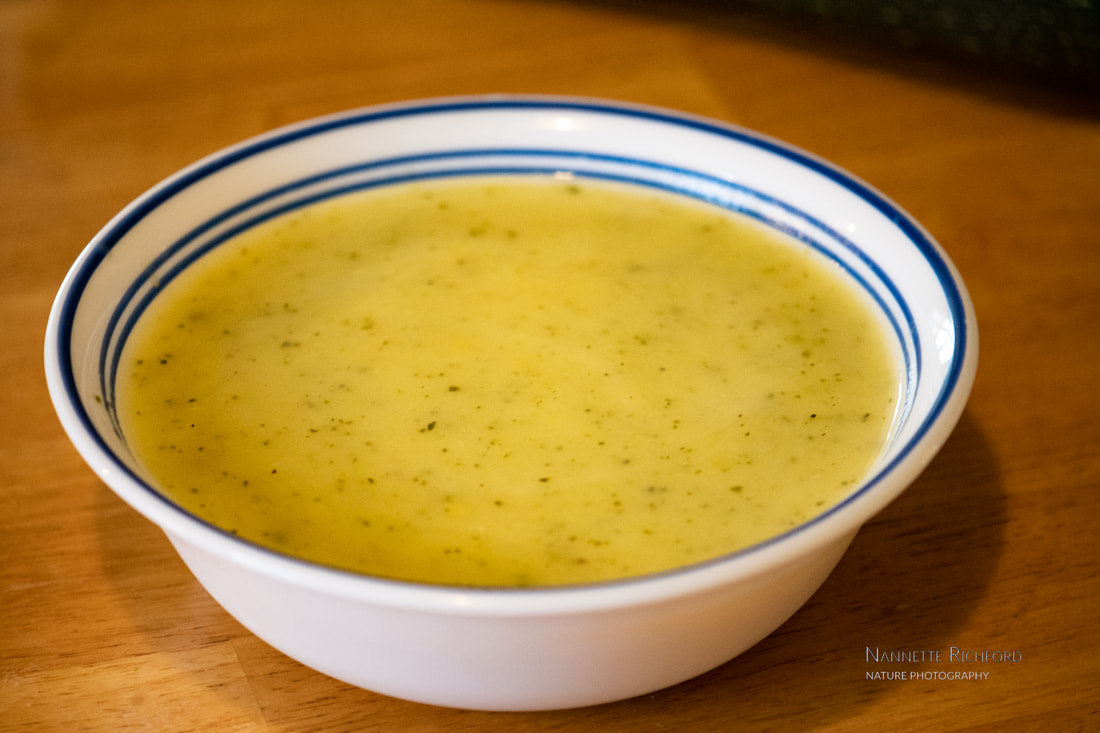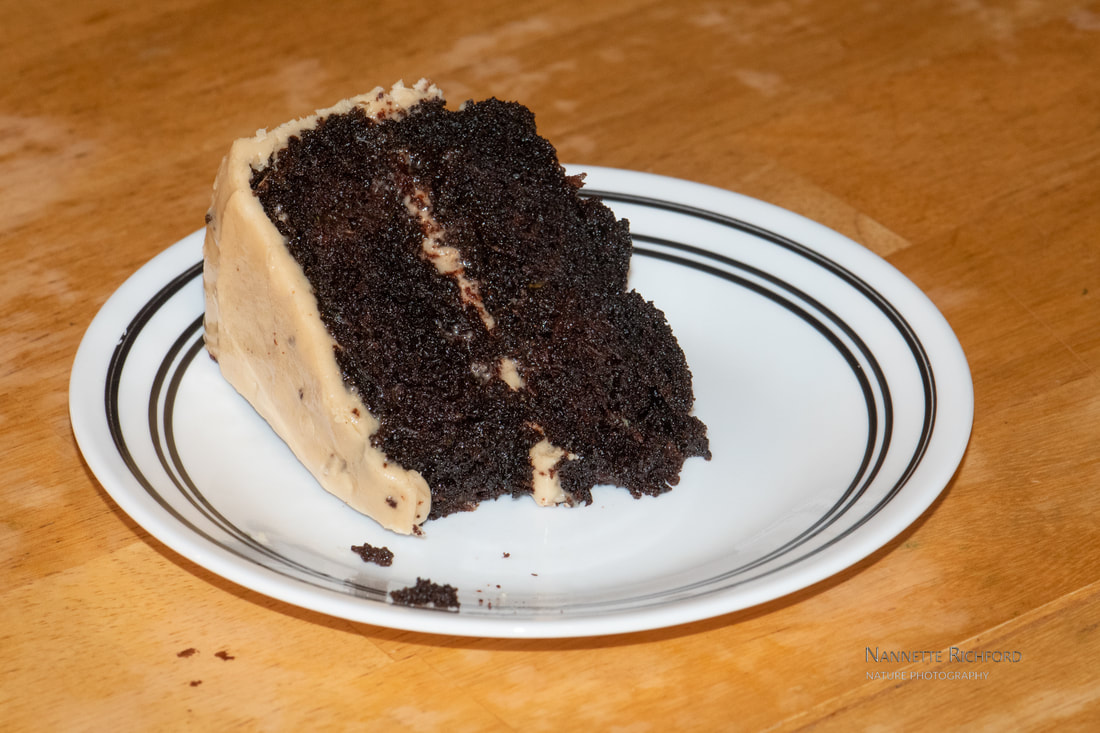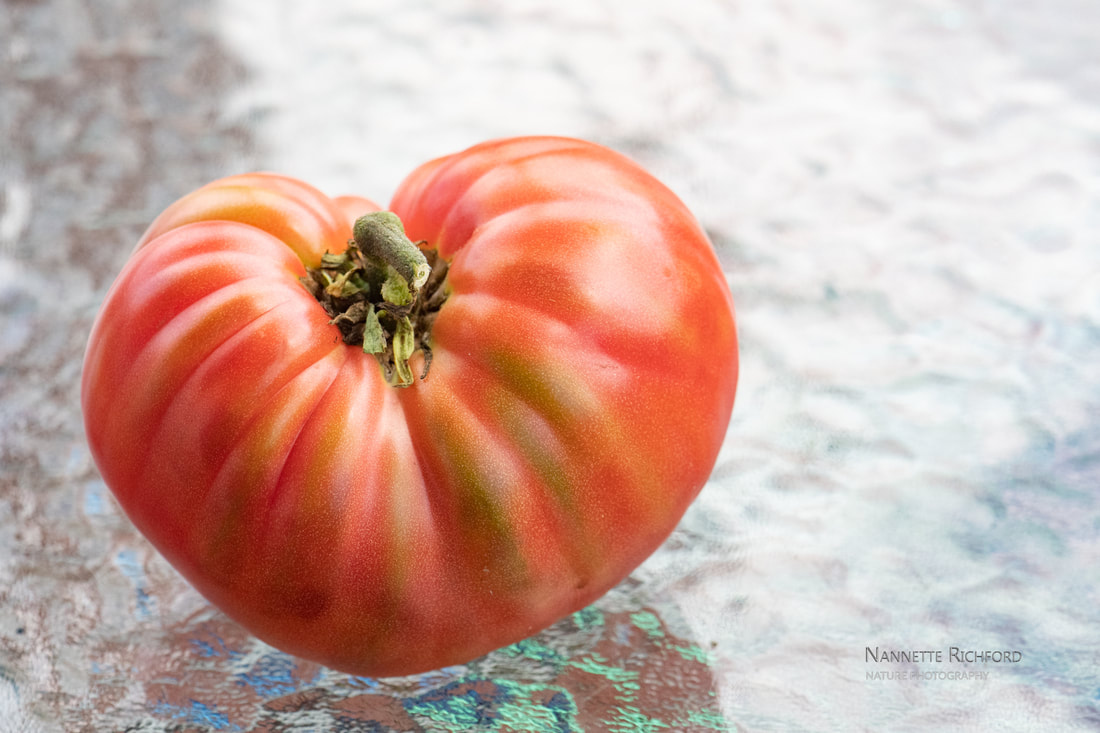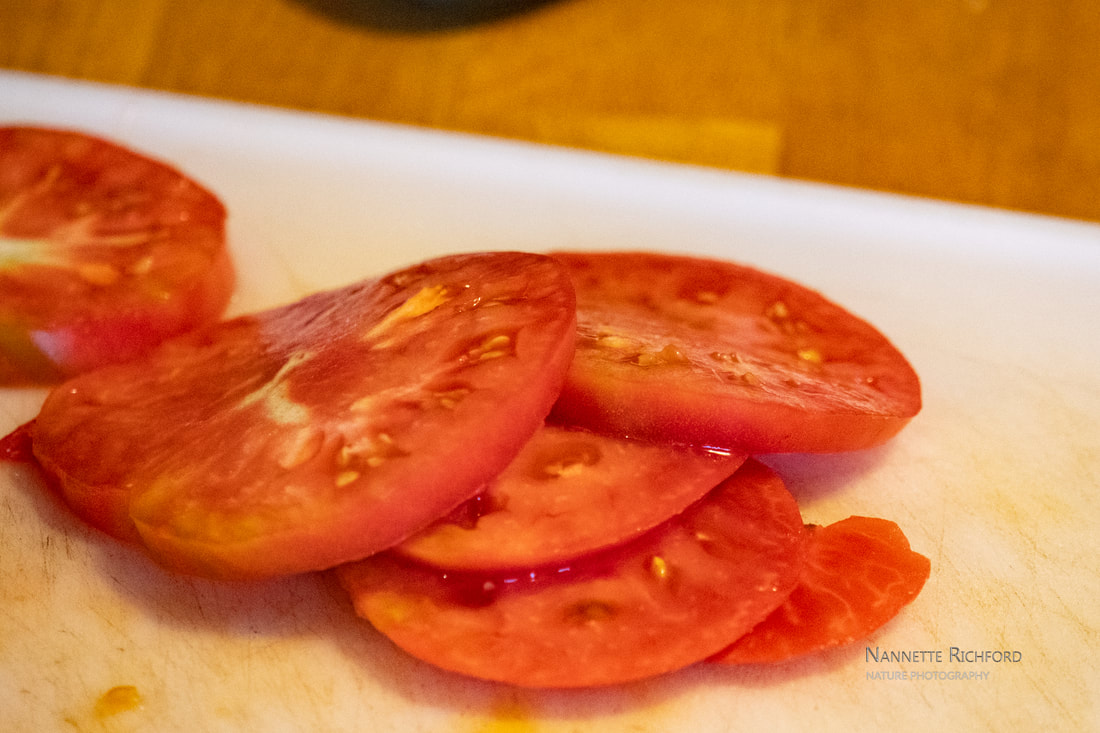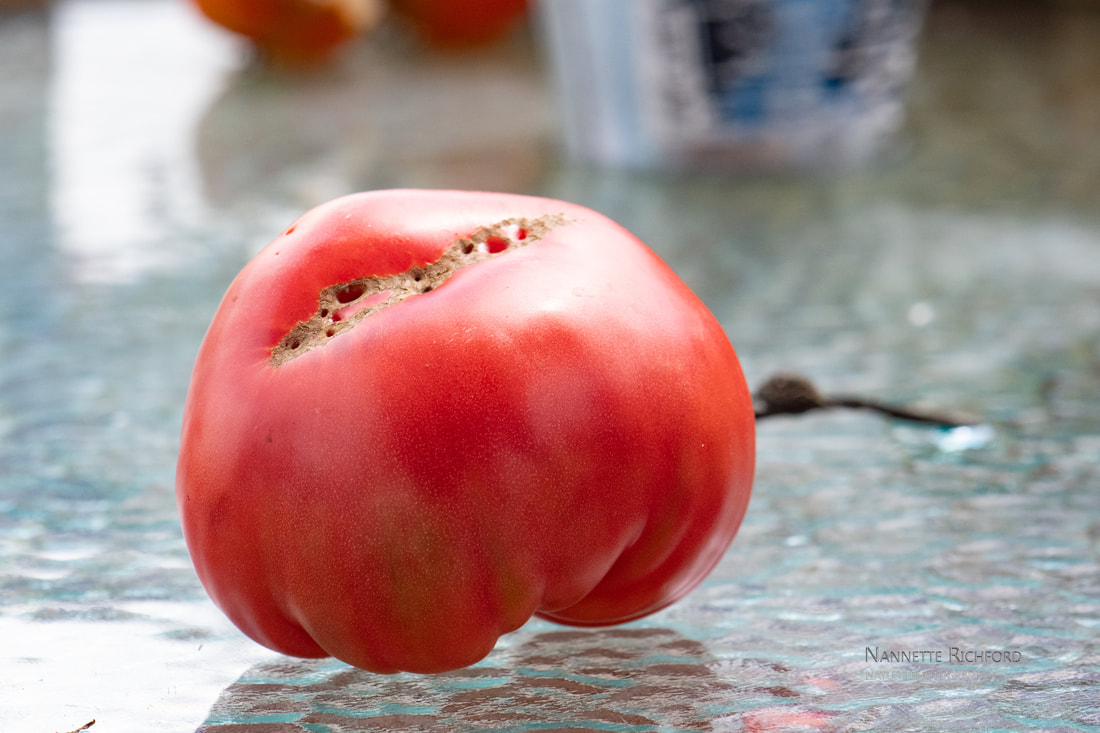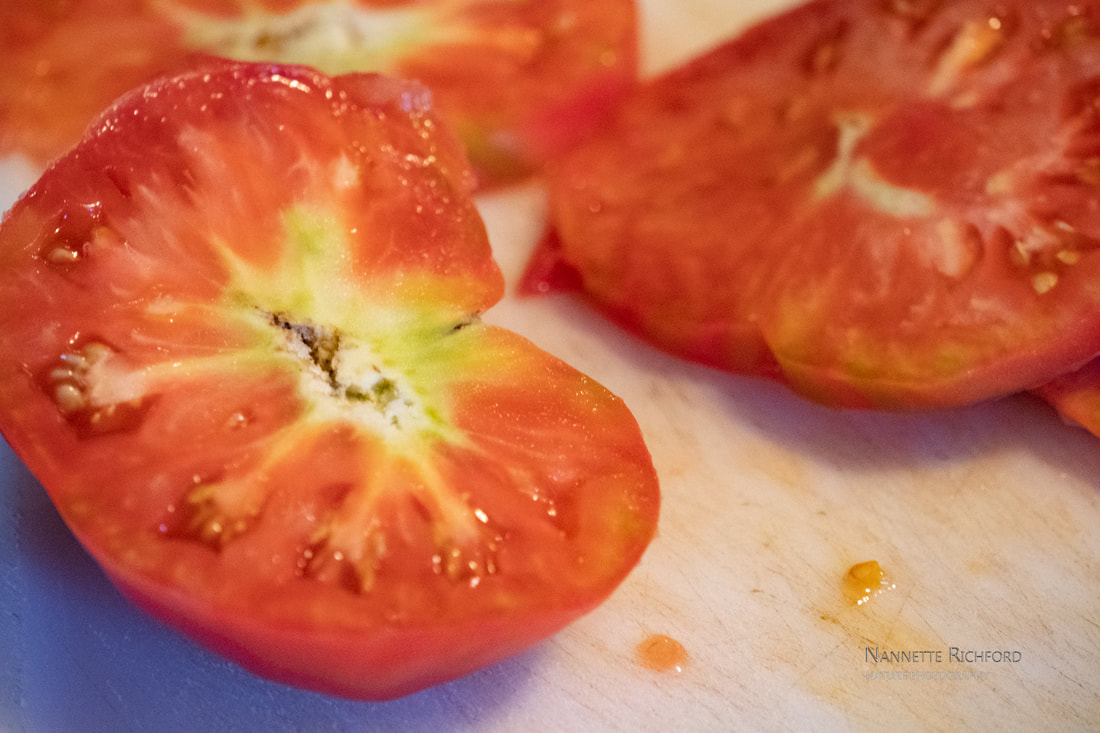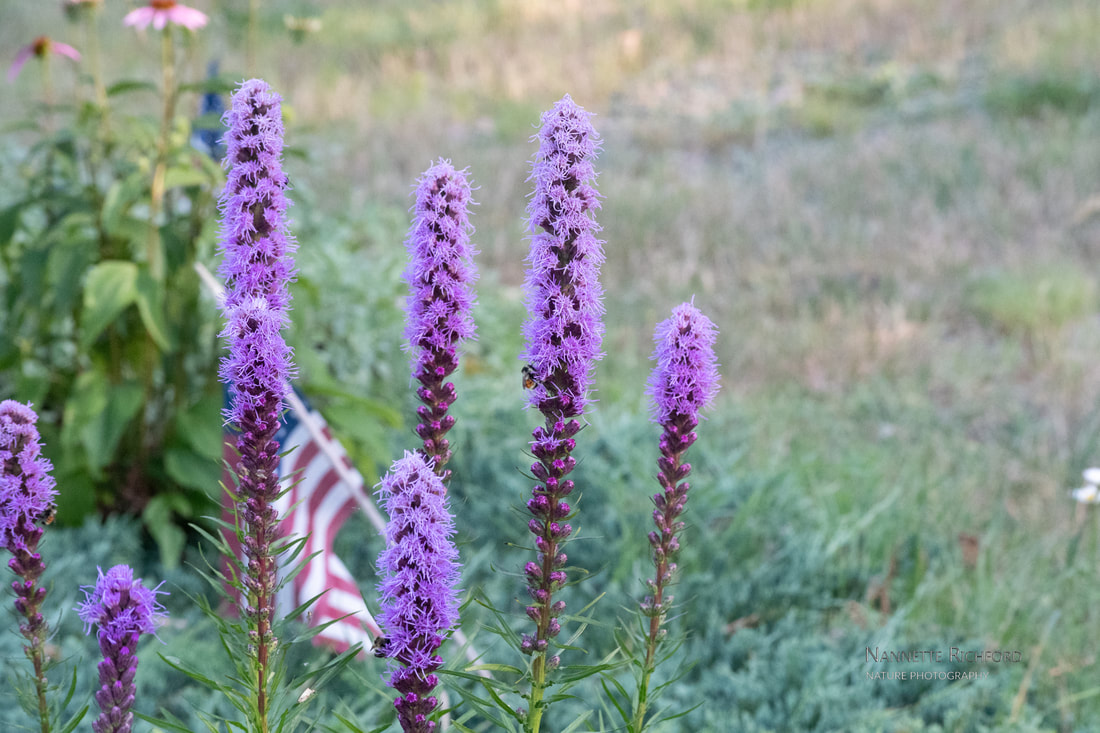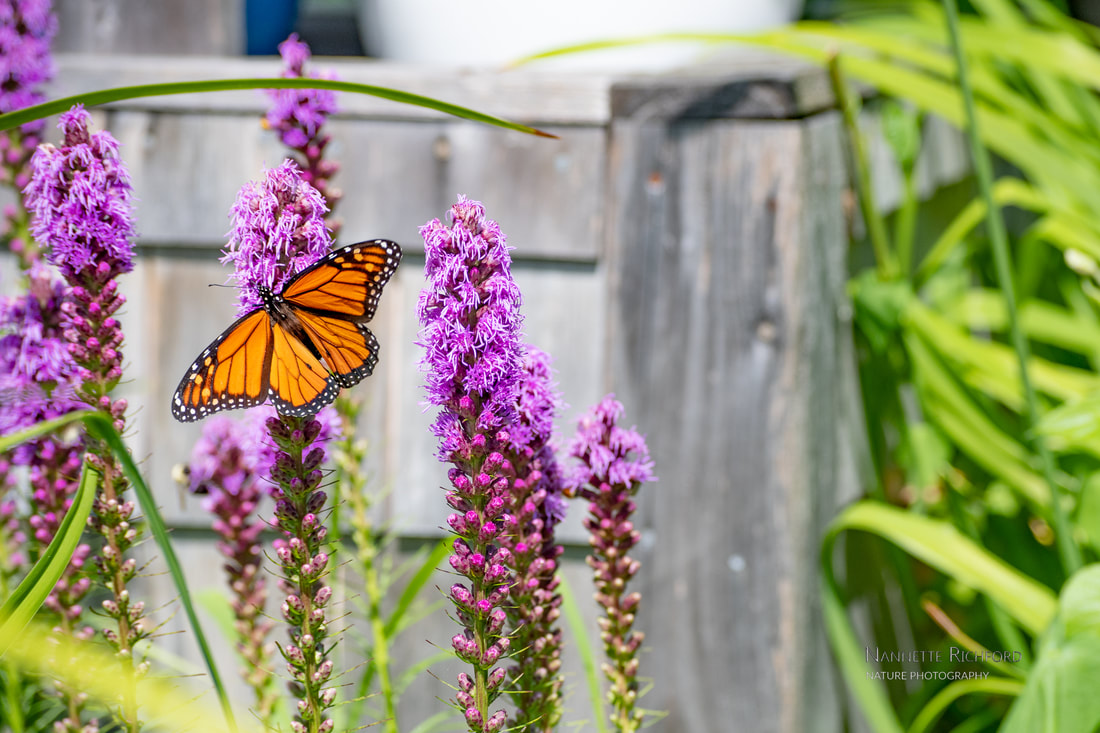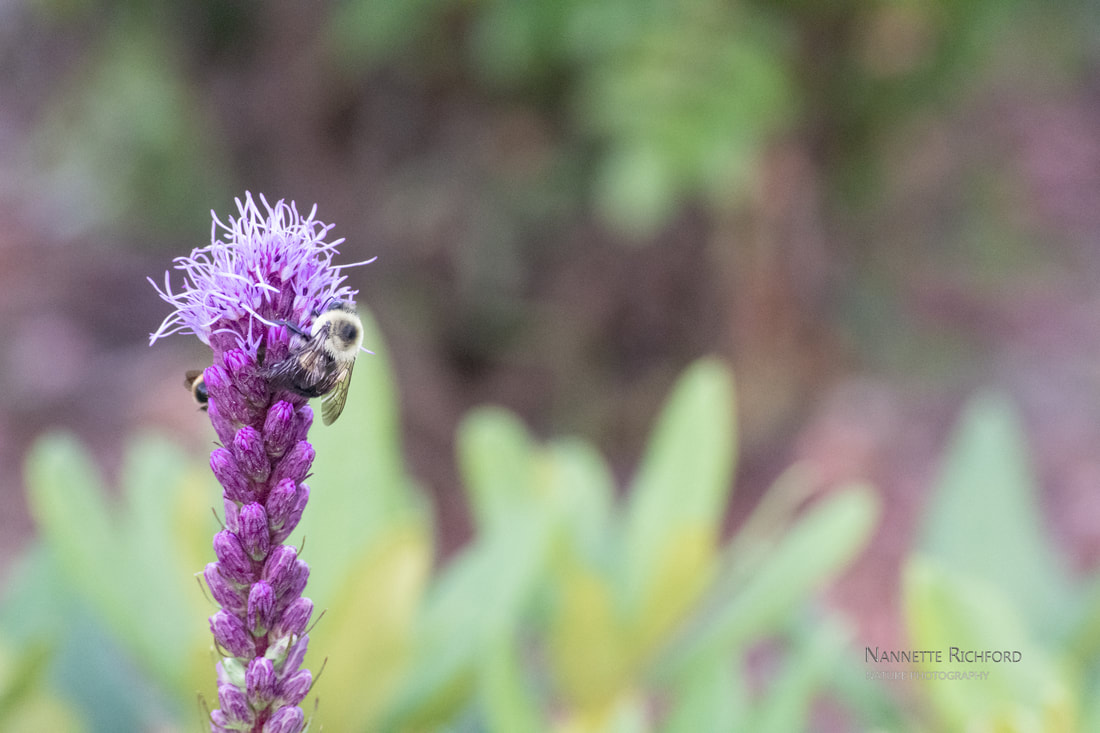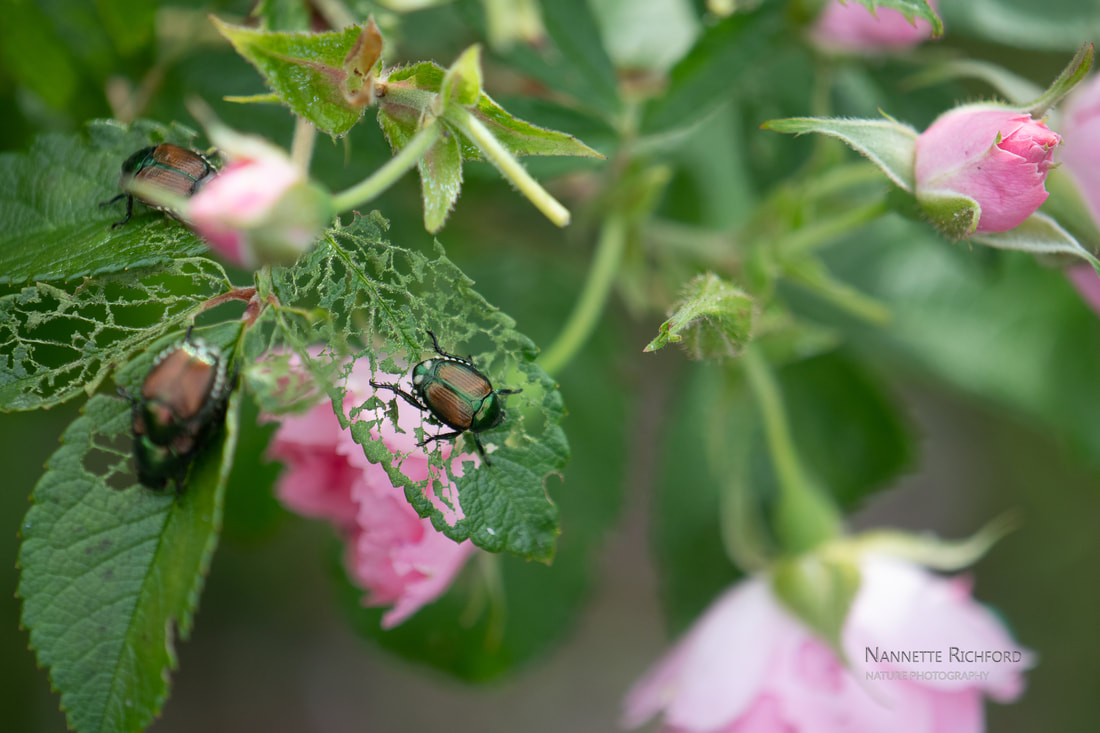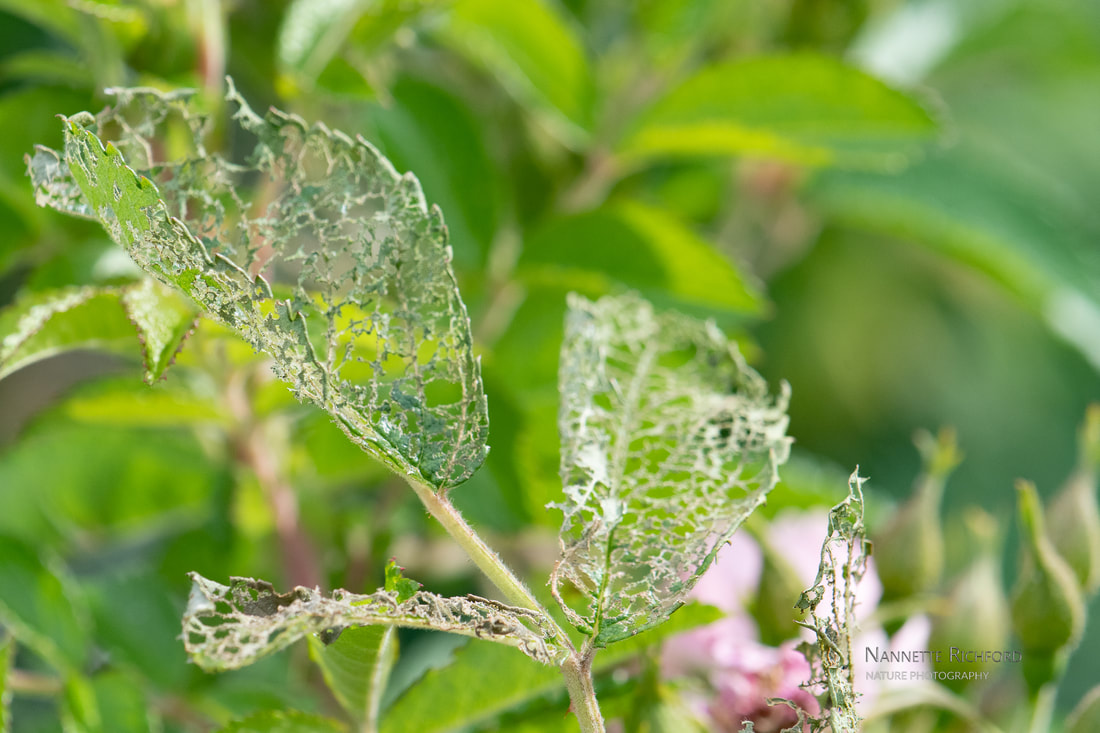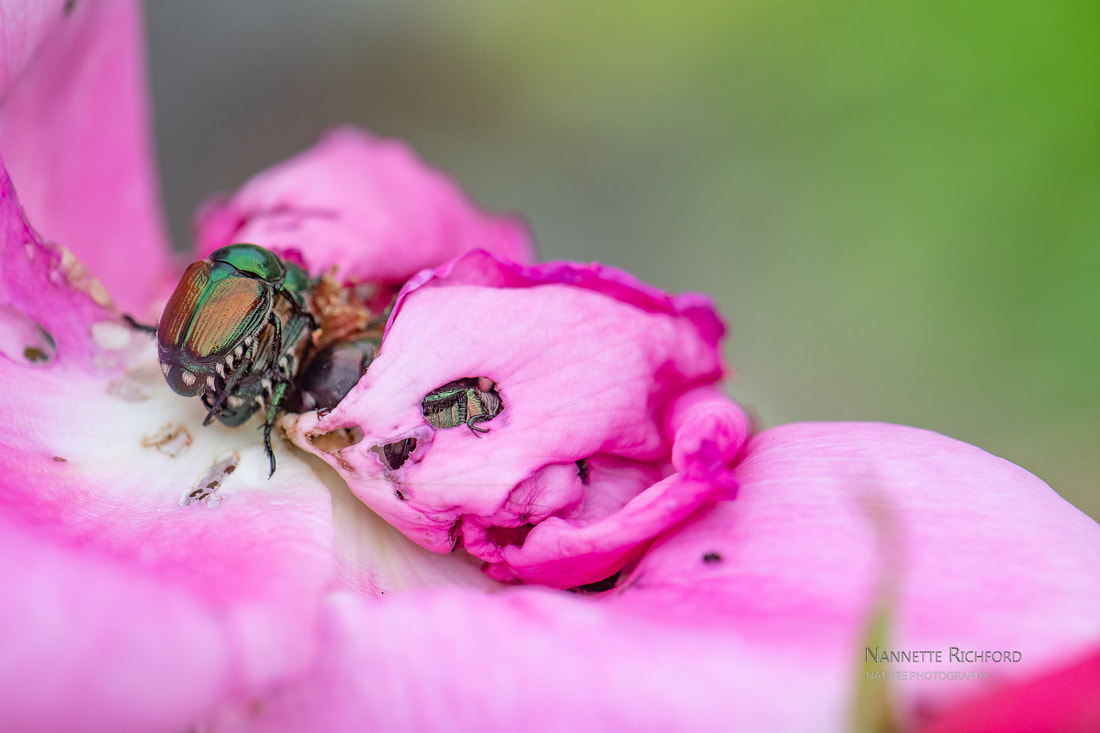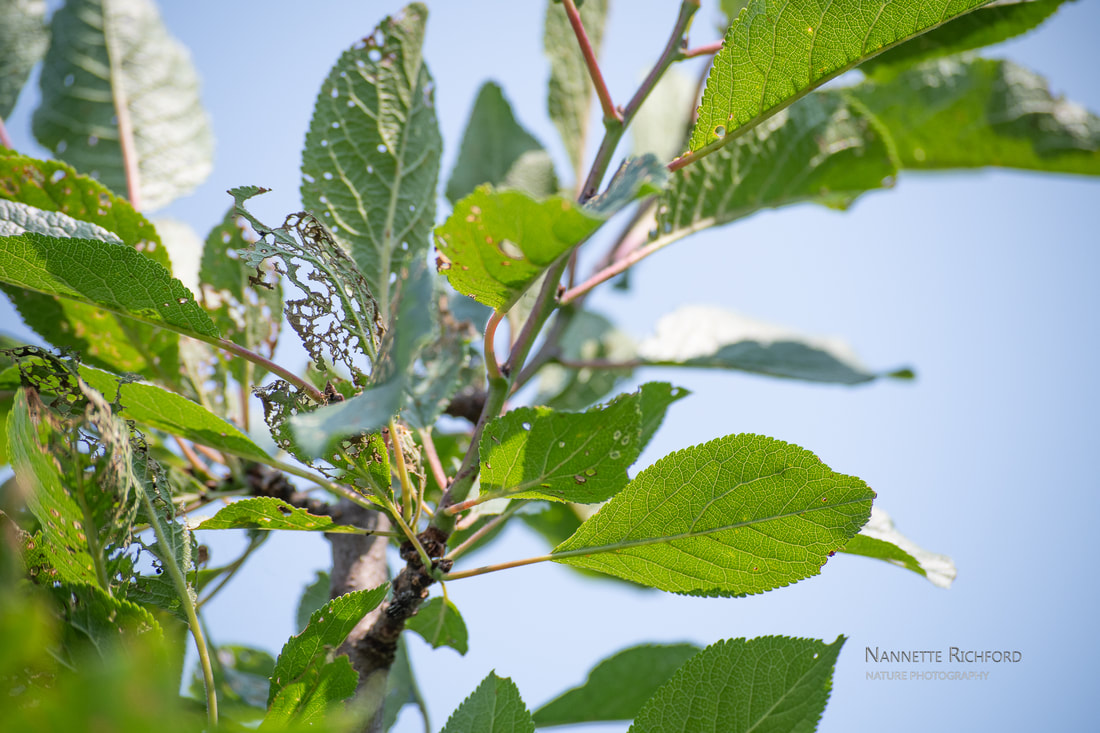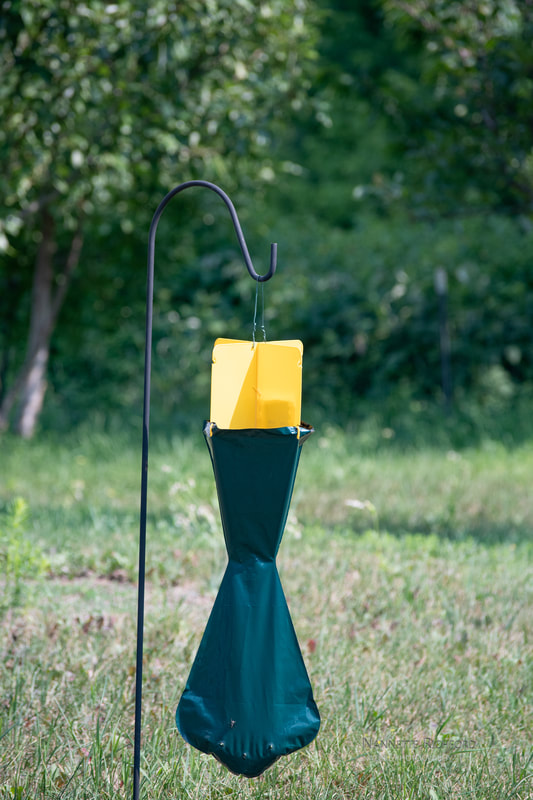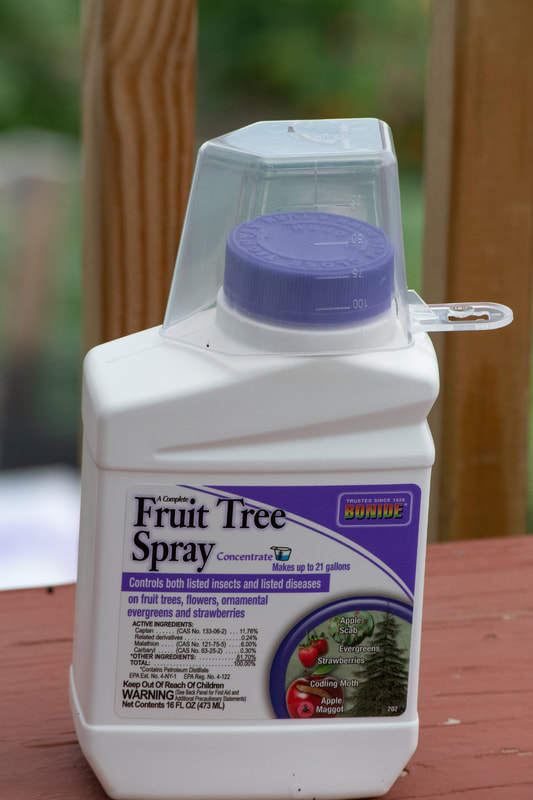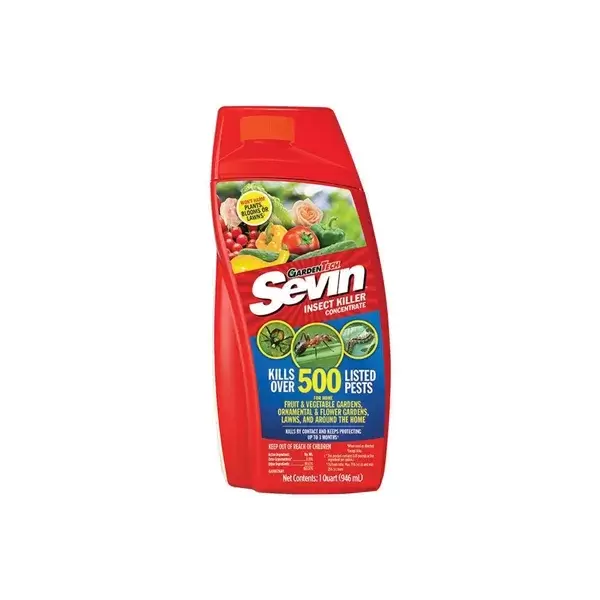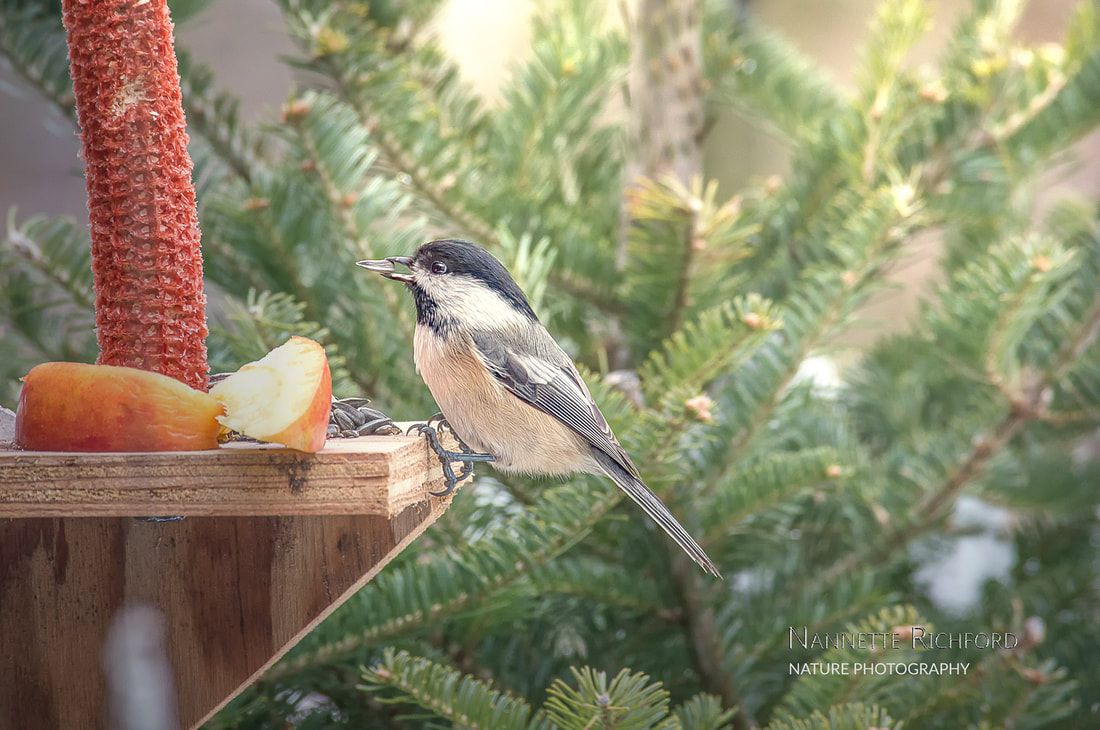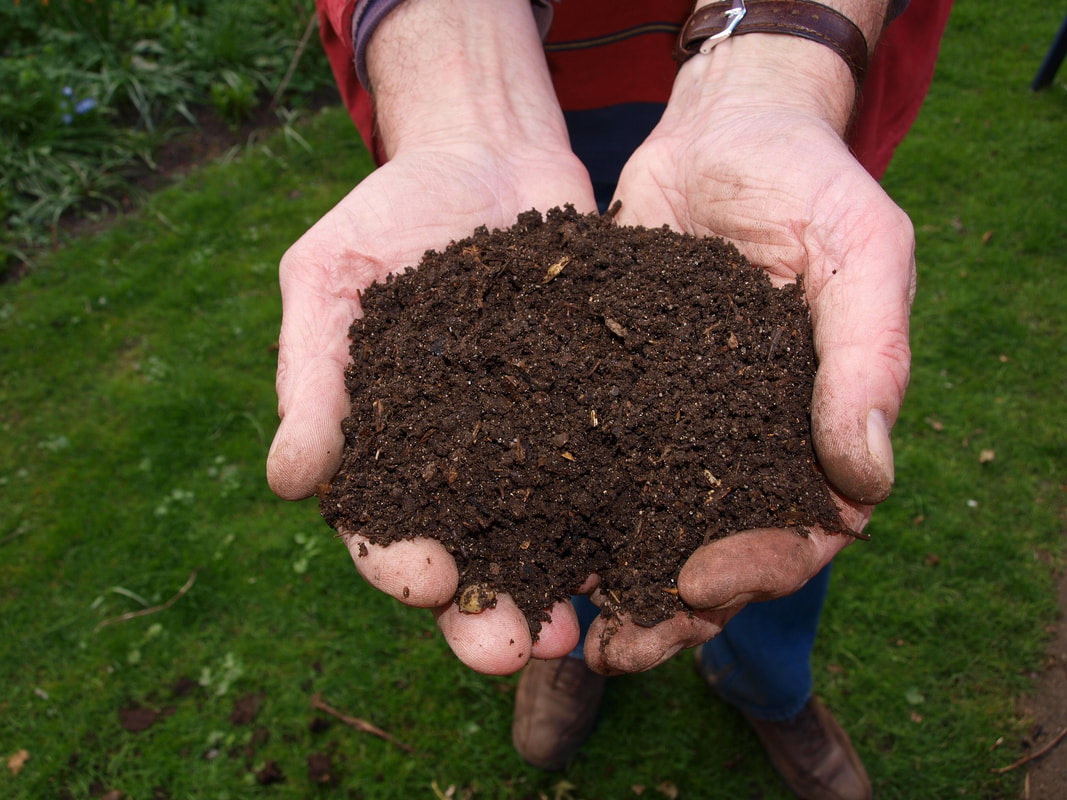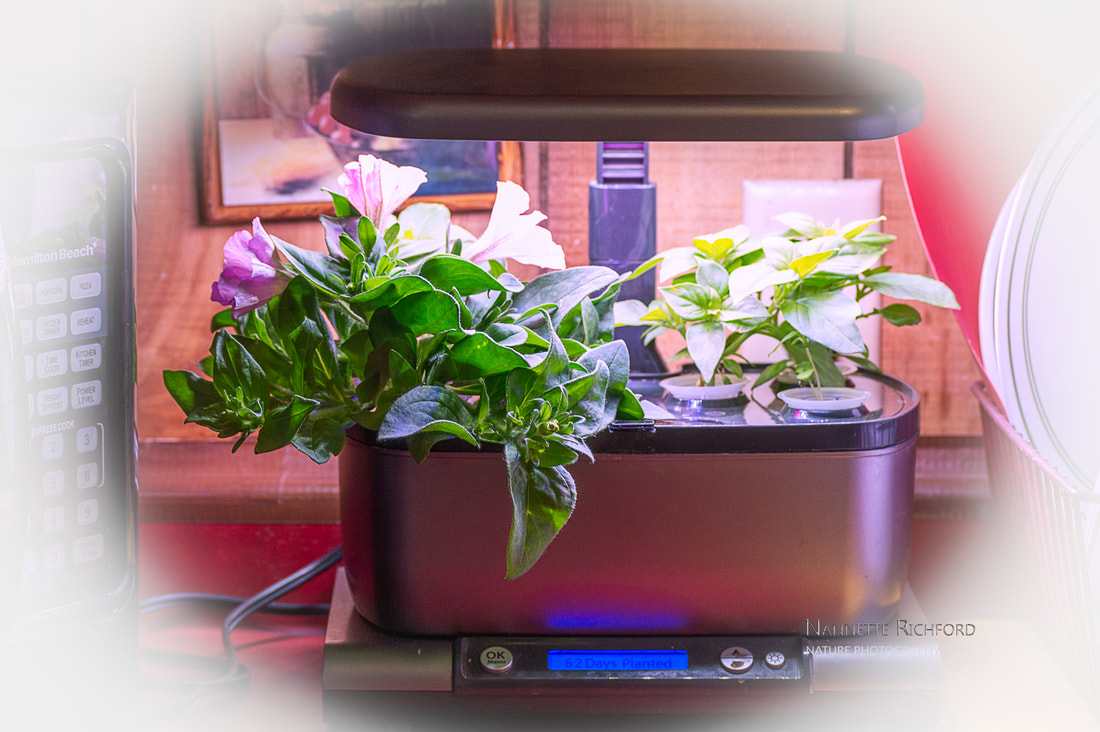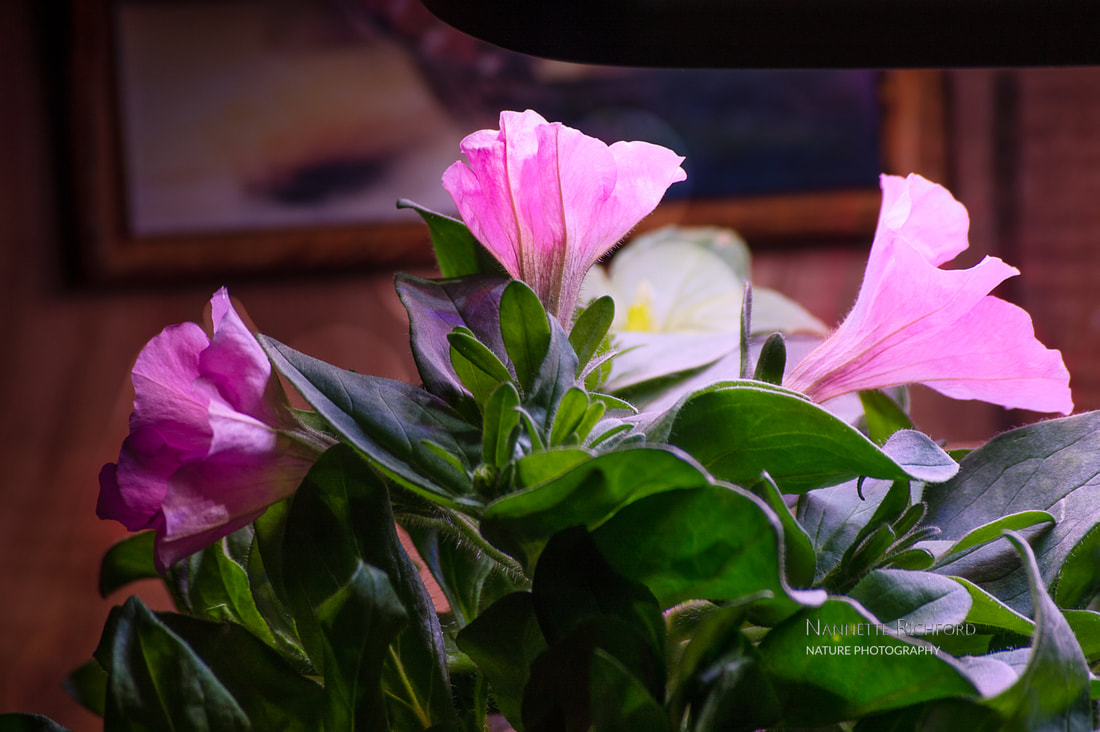- Home
- Garden Thyme Blog
- Themes
- Flowers
-
Veggies
-
Warm Season Vegetables
>
- About Beans >
- About Corn >
- Cucumbers >
- Melons
- Peppers >
- Squash >
-
Tomatoes
>
- How to Harden Off Tomato Plants
- How (and when) to Prune Tomatoes
- Magnesium Sulfate (Epsom Salt) for Tomatoes
- Blossom End Rot in Tomatoes
- Growing Cherry Tomatoes in Hanging Baskets
- 4 Best Tomatoes for Short Seasons - Early Tomatoes
- 5 Early Maturing Tomatoes for Short Season Gardening
- How to Ripen Green Tomatoes
- How to Make Sun-Dried Tomatoes at Home
- How to Grow a Pomato Plant
-
Cool Season Vegetables
>
-
Warm Season Vegetables
>
- Herbs
- Gardening Basics
- Garden Pests
- Birds
- Fiddleheads and Fairies
- About Us
- Contact Us
- How to Marinate Roasted Vegetables
|
I have always loved blue flowers and decided to try these delightful little Baby Blue Eyes (nemophila) this year. I started them from seed inside and grew them in my greenhouse until time to set them outside. Baby Blue Eyes are also known as California Blue Bells. While they grow wild as perennials in California and the west coast, they can be grown as annuals throughout the US. Each bloom is about an inch across and a soft blue with a white center. The foliage is frilly and attractive making this flower ideal for adding both color and texture to the flowerbed. What light to Baby Blues Need?Baby Blue Eyes prefer partial shade but will grow in sun as long as they are watered sufficiently. With my experience growing them in the greenhouse I can attest that they were one of the quickest flowers to wilt on warm days and they absorb water from the soil quickly. I am growing my Baby Blue Eyes tucked under the foliage of my peonies, as my flowerbeds are all in full sun. So far, they are thriving and seem to enjoy the filtered light. How long do Baby Blue Eyes Bloom?Baby Blue Eyes bloom for several weeks in spring and early summer. To extend the season of blooms, I grew seedlings in the greenhouse and planted seeds directly in the soil as soon as the danger of frost had passed. It is my hope that this will extend the blooming season well into the summer. Will Baby Blues Eyes come back the next year?Baby Blue Eyes are a tender perennial grown as annuals throughout much of the US. According to Silver Falls Seed Company, they can be grown as perennials in USDA plant hardiness zones 7 thru 11. Colder zones must grow Baby Blue Eyes as an annual. However, Baby Blue Eyes are reported to be prolific self-seeders. I can't attest to that myself yet, as this is my first year growing them here in my Maine garden, but I am hoping it is so. How did baby blue eyes get their name?The common name of Baby Blue Eyes refers to the soft blue with a white eye. But there is more to the name of this tiny flower than meets the eye. Nemophila comes from the the Greek words nemos, meaning a wooded pasture and philos meaning loving. Translated, the name nemophila means woodland loving which describes where this flower grows best. What is the spiritual meaning of Baby Blue Eyes (nemophila)?Baby Blue Eyes are associated with the throat chakra. This chakra represents self-expression and communication. Baby Blue Eyes are thought to heal or balance this chakra leading to improved communication and self-expression. Baby Blue Eyes are also known as a symbol of peace, harmony, and tranquility. If you are seeking new levels of self-expression and improved communication in your life, adding Baby Blue Eyes to your meditation garden, or potting them up in a pot near a seating area where you can rest and enjoy nature may be just the thing for you. These delicate flowers of heavenly blue are sure to leave you rested and peaceful. What is the legend of Baby Blue Eyes?Baby Blue Eyes (nemophila) are believed to be the guardians of woodlands and forests by several cultural groups. Both the Japanese and the Greeks associated Baby Blues Eyes with the gods (or goddesses) of the wilderness, fields and harvest. In Native American lore they are thought to bring prosperity and luck. What do Baby Blue Eyes symbolize?In the language of flowers, Baby Blue Eyes symbolize love, romance, purity, and innocence. They are a popular choice for weddings and other special occasions to express love.
0 Comments
My Non-Traditional Christmas WreathThis year I decided to make a non-traditional, nature-inspired Christmas wreath for my front porch.
I made the base with balsam fir tips and then tucked in a few sprigs of pine from my backyard. Then I visited to the Dollar Store in search of the perfect decor. When you live in rural Maine, big craft stores like Hobby Lobby and Michaels are miles from home. So you learn to make do with Dollar Store finds. I was uncomfortable with the traditional glitzy, glittery Christmas decor and started looking for something closer to nature. And then I spied it. This adorable little owl was tucked behind the other decorations. I knew I needed him on my wreath! The flowers and leaves seemed right for making him a cozy home. It may not be everyone's concept of what a Christmas wreath should look like, but it makes me smile in the morning. I'd love to see photos of your Christmas wreaths! Creamed Zucchini and Summer Squash Soup
I'm always looking for new ways to use the abundance of zucchini and summer squash from my garden and discovered this delicious creamed zucchini and summer squash soup this year.
It is easy to make, packed with nutrients, and is surprisingly flavorful. Ingredients
1 small to medium Zucchini
1 t0 2 small Yellow Summer Squash 2 medium Potatoes Chicken Base (Better Than Boullion) 3 Slices American Cheese Dash of Garlic Pepper Directions
Notes:
Some prefer to add cream or sour cream to a creamed vegetable soup, but I like it just fine without it. If you intend to add cream to your soup, use care to barely cover the veggies with water when cooking them, as adding cream later will thin out the soup. You could substitute cheddar cheese for the American cheese, if you prefer. I also used 2 red pontiac potatoes from the garden. You can use any type of potato you have on hand, but many recommend russet potatoes for potato soups.
Creamed zucchini and summer squash soup makes a great lunch, but can be served for dinner too. I paired it with oven toasted ham, cheese, and tomato sandwiches on crusty rolls.
Chocolate Zucchini Cake Recipe
I'm always looking for new ways to use zucchini. Little did I know that you could use zucchini to make this delicious chocolate cake!
Trust me, You will not believe how moist and delicious this chocolate zucchini cake is. Honestly, I think it is the best chocolate cake I have ever made from scratch. The flavor reminds me a chewy brownie with the texture of a fluffy cake. If you love chcocolate cake you owe it to yourself to give this recipe a try! I made peanut butter frosting for mine but you can use canned vanilla or chocolate frosting or whip up a batch of cream cheese frosting if you prefer. Chocolate Zucchini Cake Ingredients
Directions
Notes:
I used a small zucchini directly from the garden. This likely affected how moist and fudgy the cake came out. You could use a big, overgown zucchini for this recipe but my experience has been that zucchini bread also comes out better with a youg zucchini. Some recipes for Chocolate Zucchini Cake use all white sugar. I liked the boost in flavor from the brown sugar. Likewise, some recipes call for walnuts in the Chocolate Zucchini Cake. I'm sure walnuts would be good, but it is perfectly fine without it. Brandywine Heirloom Tomatoes
I've been growing Brandywine tomatoes in my garden ever since a friend gave me some of her extra seedlings about 10 years ago. We love them for eating fresh, in sandwiches, and on burgers. The first brandywine tomato of the season is always used for BLTs as their flavor is hard to beat.
If you are wondering if you should try Brandywine tomatoes, I've put together a little info to help you make your decision.
What's so special about Brandywine tomatoes?
Brandywine tomatoes are prized for their exceptional flavor without the high acidity of many beefsteak tomatoes. The tomatoes are large and meaty, making them ideal for a slicing tomato.
If you have issues with acid reflux or don’t like acidic tomatoes, Brandywine is a good choice for you. Are Brandywine tomatoes heirloom tomatoes?
Brandywine tomatoes have been passed down for generations. They were introduced in the late 1800s with both Johnson and Stokes and Burpees laying claim to the original Brandywine tomato.
Other stories attribute their origin to an Ohio farm. Still, others claim the Amish have been growing these wonderful heirlooms for over 100 years. Whatever their origin, farmers and home gardeners have been saving their seeds and keeping their line pure since at least the 1880s. Why are they called Brandywine tomatoes?
You may wonder if Brandywine tomatoes earned their name because they can be used for making wine. Unfortunately, that is not the case. Brandywine tomatoes were named for Brandywine Creek in Chester County, PA, where farmers first grew the Brandywine tomatoes.
However, I did find this handy page on making tomato wine that you might find interesting. I have not tried this recipe (or any wine recipe), but check it out if you are so inclined. What do Brandywine tomatoes look like?
If you are looking for the perfectly shaped globe tomato to grace your table, Brandywine isn’t going to fill the bill. Brandywine tomatoes are large, lumpy, irregularly shaped tomatoes. They often have some cat facing on the blossom end of the tomato. This all makes Brandywine challenging to slice or dice in perfectly shaped sections.
Modern tomato hybrids, like those you buy in the grocery store, have been bred for their appearance because shoppers are more likely to buy perfected shaped and colored tomatoes. In the process, some natural tomato flavor has also been lost. Brandywine retains all the natural flavor of vine-ripe tomatoes Can you save seeds from Brandywine tomatoes?
Brandywine is an heirloom tomato and will produce new Brandywine plants from the seeds. However, care must be taken that your Brandywine tomato plants have not cross-pollinated with another type of tomato. Seeds from a cross-pollinated tomato plant will not produce Brandywine tomatoes identical to those in your garden.
Because tomato plants are self-pollinated, they do not depend on flying insects to carry pollen from another plant to pollinate them. But that doesn’t mean it doesn’t happen. You can decrease the risk of cross-pollination by growing your Brandywine tomatoes at least 25 feet from other tomato varieties in your garden, says Selected Plants. Planting flowers in between will also help to prevent cross-pollination. Remember that cross-pollination is only a concern if you intend to save seeds for the following year. Cross-pollination does not affect the quality of the fruit on your Brandywine tomato plants. Are Brandywine tomatoes good for canning?
Brandywine tomatoes make excellent canned tomatoes and can be used for sauces too. But there are some things you should know. Because Brandywine tomatoes are low in acid, it is vital that you add lemon juice or citric acid when canning them.
The odd shape of the Brandywine tomatoes makes peeling them difficult, even after blanching them in boiling water. In addition, Brandywine tomatoes have a more significant core that needs to be removed before canning them. While you can make flavorful canned tomatoes and sauces from Brandywine tomatoes, they are labor intensive to prepare. If you cook your tomatoes with the peeling intact and use a food mill to remove the seeds and peels, Brandywine tomatoes may be a good choice for you. Likewise, if you make your sauce by blending the entire tomato (peel, seeds, and all), Brandywine should work for you.
Brandywine is definitely one of my favorite tomatoes for eating fresh or for sandwiches. They are also good in stir-fries, fresh salsa, and even in a salad.
Although I like the flavor of canned Brandywine tomatoes, I only can them if I have them leftover at the end of the season. I find Heinz Processor tomatoes easier to can and grow them for that purpose. I planted blazing stars (liatris) in my perennial bed last year. I had never grown them before and wasn't sure what to expect. Last year they produced a few small blooms. This year they really put on a show. I love the splash of purple in the flowerbed, but the real delight is that blazing stars are magnets for bees and butterflies. This monarch has been hanging in the flowerbed fluttering from one blazing star to another. Bees of all shapes and sizes have also taken up residence on my blazing stars. If you are looking for perennials that attract bees and butterflies, blazing stars, also known as gayfeather, are a great choice. These perennial bulbs (corms) don't take a lot of care and can be planted in the spring. The first year's blooms aren't spectacular (although they are attractive) but you will be amazed by what they will do in coming years. About Blazing StarsBlazing stars prefer full sun and thrive in poor soil as long as it drains well. They are drought tolerant and deer resistant. Plant blazing stars in clusters of 5 or 7 to create a showy splash in your perennial bed. Avoid planting blazing stars in areas where the soil remains wet in the winter as cold, soggy soil leads to rotting of the corms. Do not overfeed blazing stars, or plant them in soil that is too rich. This will encourage lush foliage with fewer and less showy blooms. Do blazing stars grow from bulbs?Technically, blazing stars grow from corms, not bulbs, but many gardeners refer to them as bulbs. Corms are thicked roots that look a lot like a bulb. Corms lack the scaley or fleshy leaves or sections on the outside. The roots and stems grow from the bottom (and top) of the corm, whereas a bulb contains the stem and leaves inside the bulb. When do you plant blazing stars? Blazing stars can be planted in the spring while the weather is still cool. This gives them time to develop strong roots before they send up shoots. If you have existing blazing stars in your garden and you want to move them, do so in late fall once the foliage has died back or in the early spring. When do blazing stars bloom? Newly planted blazing stars will bloom in 70 to 90 days. The first year's blooms may be small, but they will increase in size with the coming years. It typically takes 3 years for blazing stars to reach their full glory.
Established blazing stars bloom in midsummer. How to Get Rid of Japanese BeetlesIf Japanese Beetles are devouring your roses and fruit trees you are probably asking yourself, "How do you get rid of Japanese Beetles?" I don't profess to be an expert in ridding the yard and garden of Japanese Beetles, but I can offer you my experiences with trying to rid my yard and garden of Japanese Beetles. Here's what I've done to get rid of Japanese Beetles. We have been overrun with Japanese Beetles this year. There are usually a few on my rose bushes and I handpick them and drop them in soapy water to keep them under control. But this year the Japanese Beetles descended like a plague. It all began with some leaf damage. I wasn't overly concerned as it was only a few leaves and I could easily keep up with hand picking them. Finding them devouring the flowers concerned me more, but I continued the daily ritual of hand picking them and dropping them in soapy water. Then, they attacked my plum trees. On a sunny afternoon hundreds (if not thousands) of them were swarming the canopy of the tree. Do Japanese Beetle traps work?I decided to try a Japanese Beetle Trap. Japanese Beetle Traps work by attracting Beetle with lure. The lure contains both floral scents and phermones to attarct the beetles. The beetles fall into the bag and cannot get back out. Japanese Beetle traps don't pose a risk to other insects, are not toxic to humans and pets, and don't contaminate the environment. It seemed like the ideal solution for my Japanese Beetle problem, I hung the bag halfway between my fruit trees and my rose bushes with at least 20 feet between the trap and the trees and roses. I was delighted to see them swarm the trap and drop into the bag. I thought the problem was solved. But I soon learned the trap could not handle the Japanese Beetle infestation I was facing. Does Bonide Fruit Tree Spray kill Japanese Beetles?I gave up and sprayed the fruit trees and rose bushes with Bonide Fruit Tree Spray. I didn't want to spray my roses because it will kill off bees and other flying insects, too. But the way I see it I had two choices. Spray them and risk killing off other beneficial insects or let the Japanese Beetles devour my fruit trees and rose bushes. Update: It has been two days since I sprayed the fruit trees and roses. The Japanese Beetles are still devouring my rose bushes, but there are fewer on the fruit trees. I took the Japanese Beetle Trap with the lure down and that seems to be helping, too. From what I have read, the lure in the trap can attract Japanese Beetles from miles away. I decided I already had enough beetles to contend with and didn't need to lure them in from across the countryside. If you decide to try a Japanese Beetle Trap to control the Japanese Beetles in your yard or garden, be aware that you may attract more beetles to you yard! Sevin Concentrate Wins Battle With Japanese BeetlesAfter days (weeks?) of battling Japanese Beetles with little success, I decided to give Sevin Concentrate a try. It worked like a charm. I don't know why I didn't think of it before. Here's how I applied it with my Ortho Hose End Sprayer.
That's it! Within a few hours all the Japanese Beetles were gone. Always follow manufacturere's directions and avoid contact with the spray. If you are spraying an area over your head, stand back as far as possible and avoid looking directly up to avoid getting droplets on you face.
I've found the safest application for me is to take a shower immediately after spraying and to put my garden clothes directly in the wash. If you are spraying a small bush or shrub, this may not be necessary, but I found it difficult to spray fruit trees without getting some residue on me and my clothes. I have always loved feeding birds and watching them as they flock to the feeder. While I get a wide selection of birds to my feeder over the course of the year, chickadees are the most common and remain all year long.
This time of year they are the first bird to my feeder in the morning and are often waiting for a refill before the crack of dawn. I enjoy their company as I sip my morning coffee and contemplate the tasks I want to complete for the day. For me, feeding the birds allows me to make use of my garden long after the time for planting and growing has passed. If you enjoy feeding winter birds you may be interested to learn that providing high-energy food sources, like suet and black oil sunflower seeds, may make the difference on whether the lovely chickadee survives the winter or not. According to Wild Birds Unlimited, offering food for chickadees during periods when the temperatures drop below 10 degrees F nearly doubles their survival rate. Without supplemental food a mere 37% of chickadees survive the winter, but with your help via a feeder filled with seed the survival rate surges to 69%. It has recently come to my attention that working with potting mix comes with some health risks that no one has ever told us about. Because the soil is typically stored in a plastic bag — often in the sun — it provides the perfect breeding ground (warm and moist) for bacteria and fungi. Normally, this wouldn't cause a problem, but when that bacteria is legionella bacteria, it can lead to legionnaire's disease, a potentially fatal form of pneumonia. Reports of deaths from legionella bacteria are primarily from Australia and Japan, but are not unknown in the United States, explains a 2000 CDC report. A July 2017 report by the CDC also lists commercial bags of compost as a possible source of the legionella bacteria. Some commercial potting mixes (and compost) tested in the US have tested positive to legionella bacteria, the CDC further explains. While the risk appears to be higher in Australia where 73 percent of the soil samples tested contained legionella, gardeners in the U.S. should be aware of the risks associated with opening and using bags of potting soil or compost. How do you get Legionnaire's disease?It is believed that inhalation of the bacteria is the primary means of infection, but the CDC has not ruled out contact with the skin. Who is at the greatest risk?People with respiratory disorders, such as COPD, those with compromised immune systems and the elderly are at the highest risk, but that doesn't mean it can't infect younger and healthier gardeners, too. How do you prevent contamination?Observe the following recommendations to reduce the risk of exposure to the legionella bacteria.
I'm certainly not recommending that you avoid potting soils and compost completely, but never hurts to be cautious, especially if you are at a high risk due to health and/or age.
A couple of years ago my daughter gave me an AeroGarden for my birthday. My plants grew like a charm. First, I grew peppers and then I grew tomatoes and I even grew herbs. Then . . . I moved. When I set the AeroGarden up again it just didn't grow very well. I thought I had damaged it during the move. I changed the water and scrubbed out the basin. I replaced the air stone. I checked that the pump was working. The lights looked fine, but my plants still weren't growing as they should. I planted new seeds in new pods. My seeds didn't germinate well and when they did, the plant growth was stunted. Many of the leaves developed brown margins. I was puzzled, until I visited the AeroGarden site. According to the site, my well water might be the culprit. Apparently hard water can prevent germination and cause both stunted growth and browning leaves. Once again, I emptied the basin and scrubbed it clean. This time I filled it with filtered water. Within days my seeds germinated and showed signs of vigorous new growth. I am growing petunias and lemon basil in it now. I can't say for sure how long ago I planted the petunias as I forgot to reset the 'days planted' counter. I know that I planted them after Christmas. That means they can't have been growing longer than 40 days or so.
I am so excited to have solved the problem and to have petunias blooming inside as the snow falls outside! If you are having issues with your AeroGarden, or similar hydroponics unit, try using filtered water instead of your well water. It solved my problems. I hope it solves yours too. |
For more nature photography, check out my photography site.
|
Copyright © 2014 Nannette Richford
- Home
- Garden Thyme Blog
- Themes
- Flowers
-
Veggies
-
Warm Season Vegetables
>
- About Beans >
- About Corn >
- Cucumbers >
- Melons
- Peppers >
- Squash >
-
Tomatoes
>
- How to Harden Off Tomato Plants
- How (and when) to Prune Tomatoes
- Magnesium Sulfate (Epsom Salt) for Tomatoes
- Blossom End Rot in Tomatoes
- Growing Cherry Tomatoes in Hanging Baskets
- 4 Best Tomatoes for Short Seasons - Early Tomatoes
- 5 Early Maturing Tomatoes for Short Season Gardening
- How to Ripen Green Tomatoes
- How to Make Sun-Dried Tomatoes at Home
- How to Grow a Pomato Plant
-
Cool Season Vegetables
>
-
Warm Season Vegetables
>
- Herbs
- Gardening Basics
- Garden Pests
- Birds
- Fiddleheads and Fairies
- About Us
- Contact Us
- How to Marinate Roasted Vegetables
